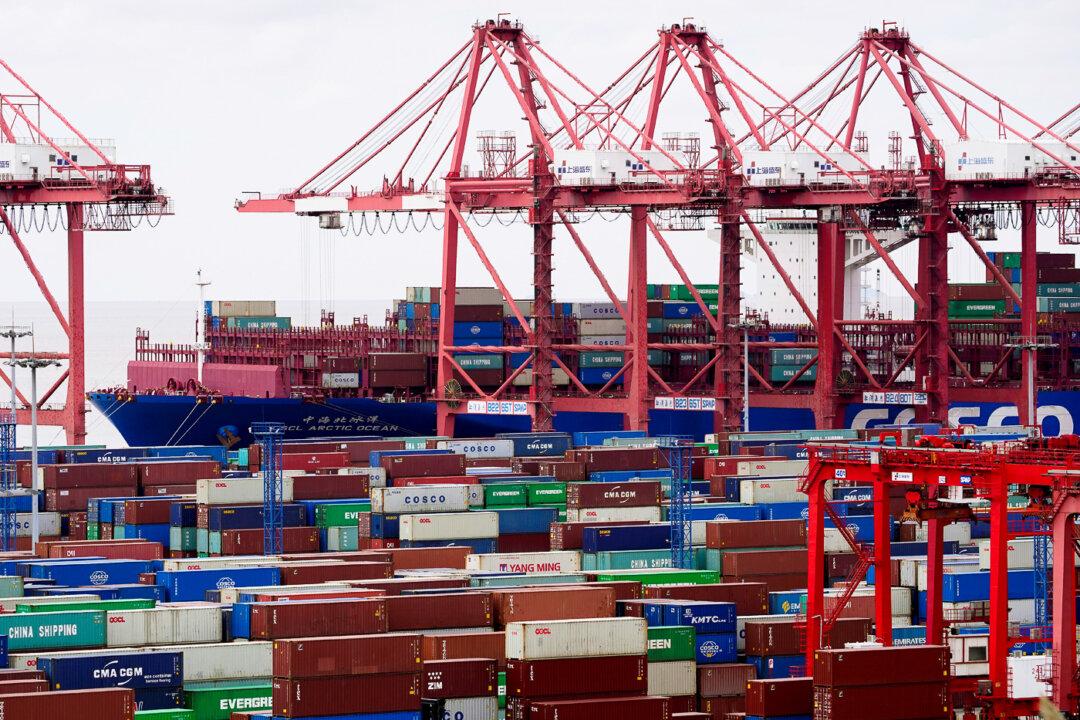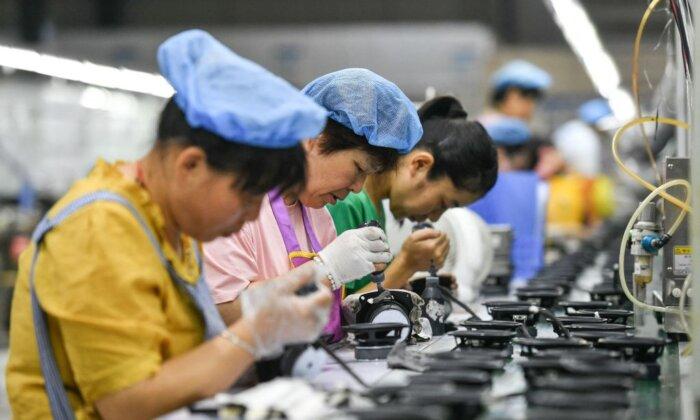As Mexico City prepares to review its trade agreements with the United States and Canada, China seems to have taken center stage.
When the three North American nations renegotiated the North American Free Trade Agreement (NAFTA) and renamed it the United States-Mexico-Canada Agreement (USMCA) in 2018, they scheduled a review for 2026. Mexico has indicated that it wants trade with China to take a prominent position in those talks.
Mexico’s new president, Claudia Sheinbaum, has made it clear through her deputy trade minister, Luis Rosendo Gutiérrez, that her nation’s top priority is reducing its current dependence on Chinese imports and addressing Mexico’s need to support its own domestic supply chains. That sort of language sounds very similar to the words Washington has used to describe U.S. priorities. Effectively, Mexico has signaled that it is ready to join the United States and Canada in limiting Chinese trade access to North America.
From Sheinbaum’s perspective, her country’s China problem has two aspects. One is how the quantity and growing sophistication of Chinese imports has rendered Mexico increasingly dependent on China. The other is the appearance that China is using Mexico as a conduit for its goods to reach the United States, primarily in order to avoid the tariffs placed on Chinese imports first by the Trump administration and then by the Biden administration.
Although Gutiérrez denies that Mexico is a “springboard from Asia to the United States,” his country does host a great many Chinese operations, and although last year U.S. imports from Mexico surpassed U.S. imports from China, many of those goods purchased from Mexico contained inputs from China and originated in Chinese-owned and sometimes operated plants in Mexico.
The government in Mexico City has made it clear that it would dearly love to replace these Chinese facilities with the operations of U.S.-based firms, although it has, to date, struggled to make this transition.
Leaving aside the question of whether Mexico serves substantially as a conduit for Chinese products, there is no denying that its trade with China is severely distorted. Since 2015, Mexican imports from China have grown by the dollar equivalent of $45 billion, while Mexican exports to China have increased by a mere $5 billion. Mexico’s trade deficit with China has almost doubled, expanding from the equivalent of $65 billion in 2015 to more than $110 billion at the start of this year. Chinese products alone command one-fifth of all Mexican imports, and some 70 percent of those goods go to only 50 firms operating in Mexico, almost half of them China-based.
So far, Mexico City has initiated little formal interaction on this subject with either Washington or Ottawa, its partners in the USMCA. The Mexican government has, however, reached out informally to the U.S. business community, most especially car makers, semiconductor manufacturers, aerospace firms, and electronics companies, to find substitutes for Chinese operations in Mexico and for the goods Mexico presently imports from Asia, especially Malaysia, Vietnam, and most prominently, China.
Sheinbaum and Gutiérrez no doubt hope in this way to capture for Mexico the U.S.-based firms that are now actively seeking to diversify their trade away from China. Such a result would at once solidify Mexico’s position in the USMCA and relieve the country of its present dependence on China.
There can be little doubt that in the months leading up to the 2026 review of the USMCA, Mexico will make more formal overtures to Washington and Ottawa. Given the hostility that the United States and Canada have shown toward China trade in the form of steep tariffs and other restrictive policies, it seems more than likely that Mexico will find willing partners for its efforts.
Whatever the ultimate specifics, China seems set to lose.







